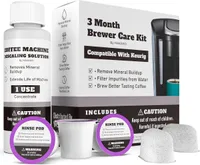3 telltale signs your Keurig needs descaling
I'll always clean my machine if I spot these warnings
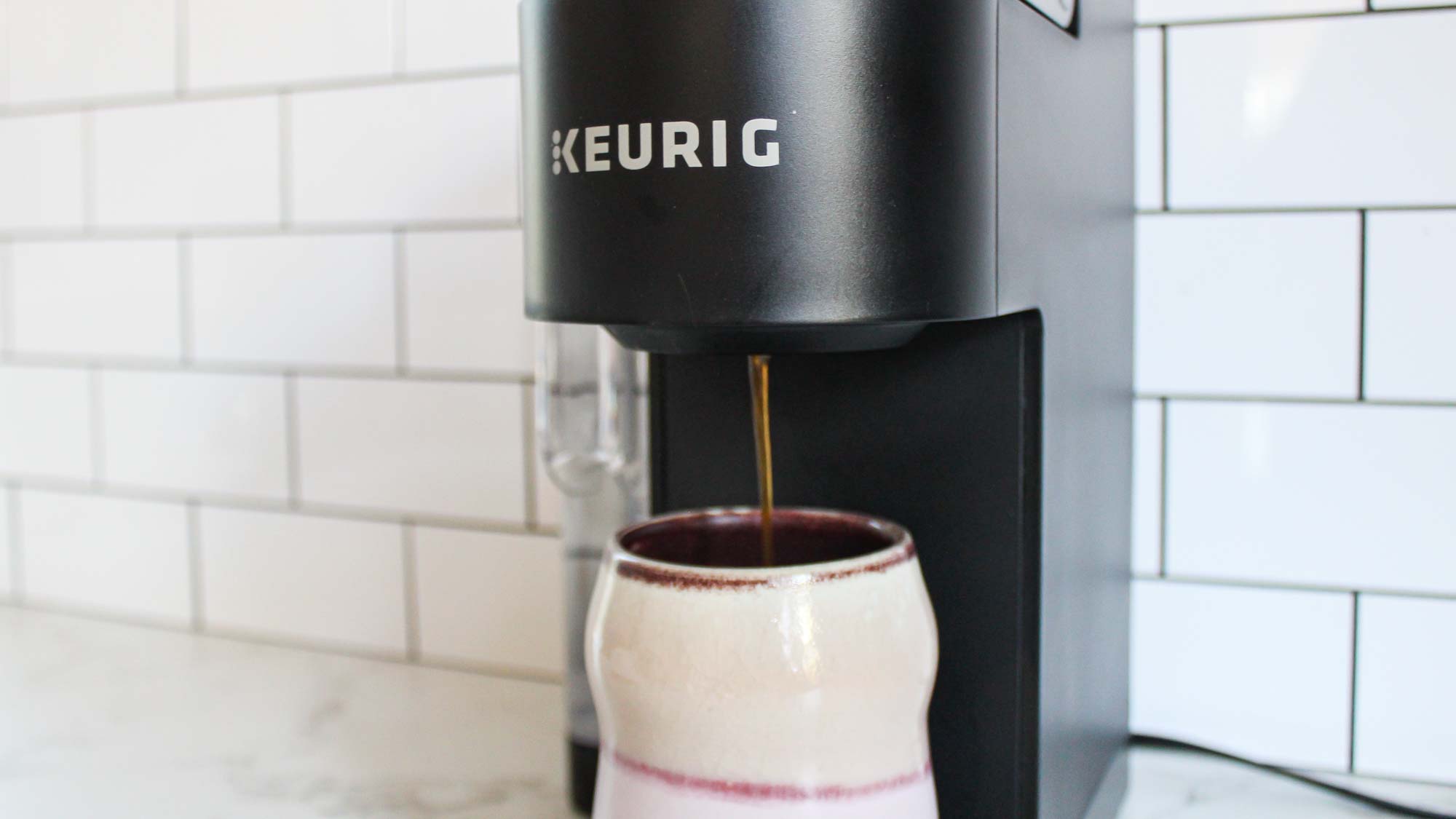
Keurig is responsible for making excellent compact single-serve coffee makers. But, even the best Keurig coffee makers still need to be looked after to ensure you can enjoy flavourful brews every single time. There's nothing worse than making my morning cup and feeling like something is a little... off.
A quick clean is great, but it's really important to keep your Keurig well maintained with a regular descaling. I'm certainly guilty of avoiding this step because it can be a bit of a hassle. But, over time, you'll start to realize exactly why it should be an integral step in your coffee making process.
There's the 3 telltale signs that tell you your Keurig needs descaling. I'll never ignore them again, and you shouldn't either. So, here's how to make sure you spot them before it's too late.
Why you should descale your Keurig
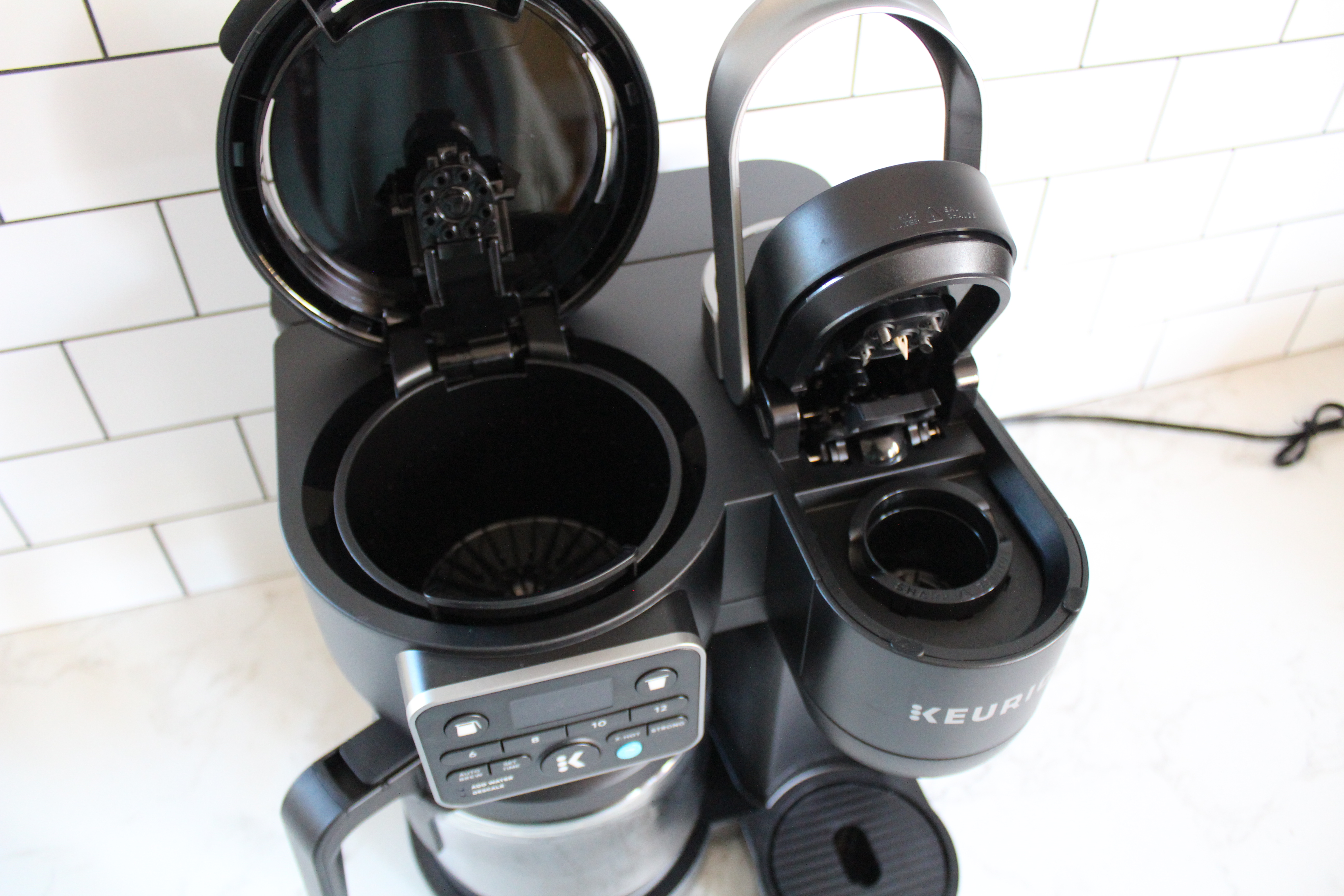
Remove mineral buildup from your Keurig with this cleaning kit. Designed to be used every 3 months, it's suitable for all Keurig machines and also features a pair of water filters for removing impurities before they make it into your cup.
Simply put, if you don't descale your Keurig you'll affect its performance and it's possible that you'll risk it not working at all. The point of descaling your Keurig is to remove calcium deposits, or scale, which builds up every time you use it.
It's not toxic, which is why you might think it's okay to skip this process, but eventually, they'll affect how your coffee maker works and the coffee you produce.
You'll need to check the specific instructions from your Keurig model to follow the descaling process it suggests, as they don't all follow the same rules. But the reasons behind descaling your machine will always remain the same.
According to Keurig, you should descale your brewer "every 3 to 6 months, or, for select brewers, when the descale light comes on." For someone like me who uses it every day, I should be descaling every 3 months.
Get instant access to breaking news, the hottest reviews, great deals and helpful tips.
3 signs your Keurig needs descaling
1. A slower brew time
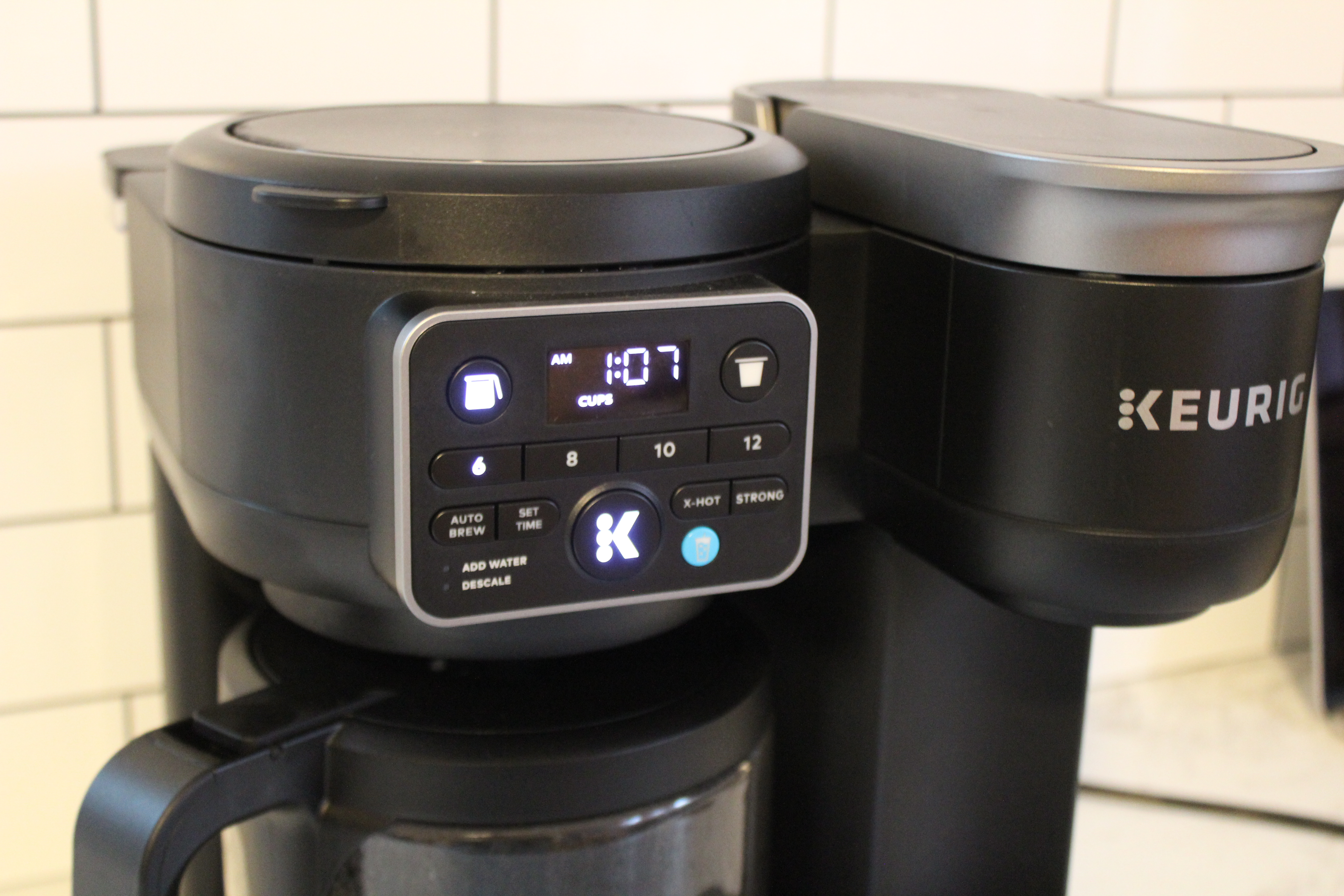
A very obvious sign that your Keurig needs descaling is when you start noticing the brewing process to your fresh cup of coffee is taking a little longer.
You may also find that your machine starts sputtering and/or releasing water in different directions rather than producing a steady stream.
The most obvious reason for this to happen is that your Keurig is suffering from the build-up of mineral deposits that are affecting the flow of your coffee. After you've descaled, you'll notice the brewing time speed up, and the output of coffee becomes a lot more even.
2. A warning light or icon

Most, but not all, Keurig models will display a light or message alerting you to the fact your coffee maker needs a descale. And what's more obvious than a descale light.
The Keurig K-Duo Hot & Iced and Keurig K-Slim will both signal a solid or flashing light when it's time to clean your machine, but you'll need to check your specific model.
If you don't pay attention to the alert, you'll only be exacerbating the problem leading to slower brewing and it'll eventually affect the overall taste of your coffee. Of course, nobody wants that.
If you don't have an alert displayed, just stick to a schedule of descaling every 3 to 6 months. Or, if your coffee starts to taste a little funny, and it all takes longer than you'd expect.
3. Colder coffee
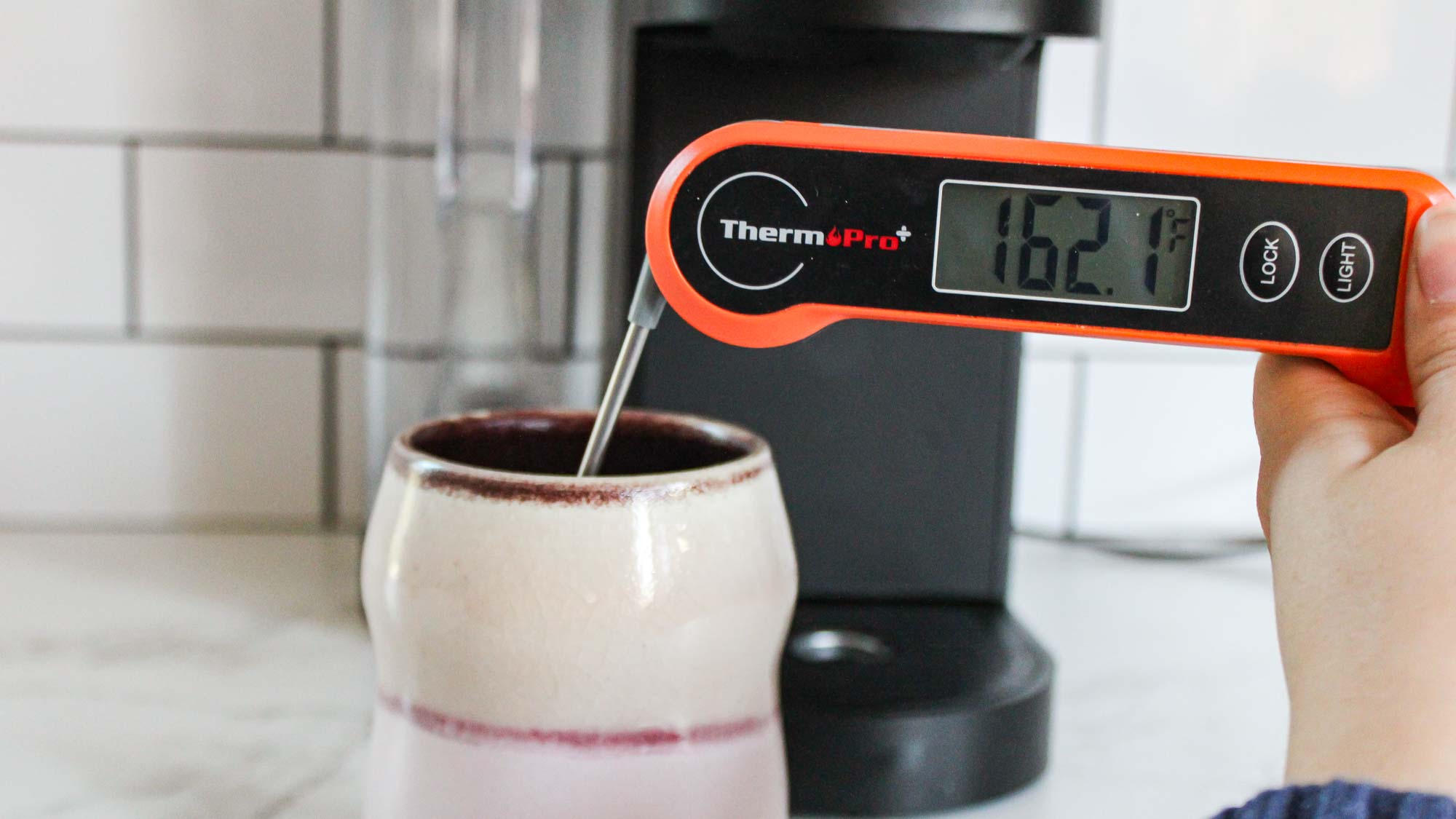
If you let minerals build up in your coffee machine for too long, you may notice that your coffee tastes a little cooler than usual. This is because the limescale has started to damage the heating element, reducing its efficiency, and could also be blocking up the internal workings of your Keurig.
While it's easy to ignore a problem you can't actually see, when it starts to give you lukewarm cups of Joe, you won't be able to ignore it any longer. As well as impacting the temperature of your coffee, it can also confuse your machine and have the opposite effect causing overheating and damaging your coffee maker.
Basically, if your Keurig starts acting a bit strange with temperatures fluctuating and an inconsistency in your brews, the first port of call should be a descale.
Call it the IT equivalent of turning it off and on again — a quick descale can be the solution to a lot of your coffee problems.
More from Tom's Guide
- Why should you descale your coffee maker?
- Get better tasting espresso in under a minute with this 2-step coffee maker cleaning routine
- Should you really be cleaning your coffee maker with vinegar? We asked the experts

Grace is a freelance journalist working across homes, lifestyle, gaming and entertainment. You'll find her writing for Tom's Guide, TechRadar, Space.com, and other sites. If she's not rearranging her furniture, decluttering her home, or relaxing in front of the latest streaming series, she'll be typing fervently about any of her much-loved hobbies and interests. To aid her writing, she loves to head down internet rabbit holes for an unprecedented amount of time.
You must confirm your public display name before commenting
Please logout and then login again, you will then be prompted to enter your display name.
